Five weird '90s supercars you’ve never heard of
We’ve already brought you our take on the best of the supercars from the 1990s (although everyone knows that the McLaren F1 reigns supreme) but our research into that decade threw up so many oddities that we decided that we had to revisit the subject.
Essentially it seems that the '90s was the supercar equivalent of the start-up scene with a plethora of pumped-up prototypes being presented to the public in the hope that a flood of deposits would enable production to begin. Here are a few that actually managed to make it out of the designer’s dream stage.

1991 Cizeta-Moroder V16T
Twelve cylinders good, 16-cylinders better? The decade had barely begun before the most excessively ‘90s supercar ever went on sale. If you’re wondering just how bonkers it is, if we tell you that it was conceived in the 1980s that should clue you in. It was the brainchild of former Lamborghini engineer and at the time Beverly Hills-based car dealer to the stars Claudio Zampolli (you can see him making a cameo in the video to Sammy Hagar’s I can’t drive 55) who had longed cherished the idea of building his own boutique supercar.
Zampolli realised that for his Hollywood target market a celebrity partner was essential for attracting column inches. Initially Sylvester Stallone was interested enough that there are pictures of a ‘Cizeta-Stallone’ branded engine cover but eventually Italian synth legend Giorgio Moroder’s name was added to ‘Cizeta’, the Italian pronunciation of Zampolli’s initials. The former engineer also decided that a mere V12 wouldn’t garner nearly enough attention and devised a V16 based on the block of the Lamborghini Urraco V8. The 6.0-litre V16 had 64-valves, eight camshafts, twin fuel injection systems and timing chains, and four cylinder heads. A single cast aluminium block meant this was a true V16 rather than synced V8s, producing 547PS and 550Nm it was mounted sideways in the chassis in front of the gearbox, hence the ‘T’ element of the car’s name.
Wider than a contemporary Aventador, the V16T was styled by Marcello Gandini and riffed on his original design for the Lamborghini Diablo with input from Zampolli and no less than four pop-up headlights. It was actually unveiled ahead of the Diablo by Jay Leno. Painstakingly hand built, the Cizeta-Moroder V16T (a falling out would later see Moroder remove his name from the project) was priced comparably to today’s hypercars and hit the market just as the early-1990s recession, well, hit the markets. Somewhere between a dozen and 20 were made, including at least one convertible. The car is still listed on the Cizeta website, priced at $800,000.
Cizeta-Moroder V16T specification
|
Engine and transmission |
6.0-litre V16, five-speed manual, rear-wheel-drive |
|
Power/torque |
547PS (540bhp)/550Nm (406lb ft) |
|
0-60mph |
4.5 seconds |
|
Top speed |
204mph |

1991 Tatra MTX V8
The idea of a supercar from Eastern Europe isn’t quite so far-fetched these days after Mate Rimac unveiled the groundbreaking Concept One. Launched just a couple of years after the Velvet Revolution, the Tatra MTX V8 was perhaps even more surprising in its day. The third oldest vehicle manufacturer that is still in continuous production, Tatra is perhaps best known for its quirky streamliners and limousines with their rear-mounted air-cooled V8s.
Created in conjunction with race preparation company, MTX (consider them a Czech Prodrive), the car took Tatra’s 3.9-litre air-cooled V8 from the T-623 model and mounted it in the middle of a suitably supercar-esque wedge styled by famed industrial designer Václav Král. Unveiled at the 1991 Prague Motor Show, the car immediately attracted a flurry of 200 patriotic orders. Sadly, just four cars (including two prototypes) were built before a factory fire destroyed the tooling. Somehow one still turned up in Kanye West’s short film Runway.
Tatra MTX V8 specification
|
Engine and transmission |
3.9-litre V8, five-speed manual, rear-wheel-drive |
|
Power/torque |
306PS (302bhp)/365Nm (269lb ft) |
|
0-60mph |
5.6 seconds |
|
Top speed |
165mph |

1992 Mega Track
An SUV with many hundreds of horsepower are barely worth a second glance these days but nearly 30 years ago there was only one. No, actually there were two because the Lamborghini LM002 was still in production. Odd, you wait decades for a V12-powered off-roader and then two come along at once. Founded in 1983, Aixam was, and still is, a manufacturer of those oddball microcars which French laws allow one to drive from age 14. After making these for less than a decade, someone in the company’s management obviously heard the maxim ‘go big or go home’ and took it to heart.
The result was the Mega brand and its first car, the Track. And it really was big; weighing well over two tonnes, more than two metres wide and around five metres long. The length was accounted for by the fact that its wheelbase contained a 2+2 cabin but also a longitudinally mounted 6.0-litre Mercedes V12. The car drove all four wheels through a four-speed automatic, had nearly 13-inches of ground clearance and looked a bit like a cheese-dream Lotus Esprit. Shockingly, less than a dozen found homes, apparently all in Monaco.
Mega Track specification
|
Engine and transmission |
6.0-litre V12, four-speed auto, all-wheel-drive |
|
Power/torque |
394PS (389bhp)/570Nm (420lb ft) |
|
0-60mph |
5.8 seconds |
|
Top speed |
155mph |

1993 Dauer 962 Le Mans
You seemingly couldn’t wander round a motor show in the 1990s without tripping over the low profile shape of a supercar based on the Porsche 962. As well as the subject of this entry there was the Schuppan 962, the DP Motorsports DP 962 and the C62 from Koenig of twin-turbo Testarossa fame. The Schuppan was the most expensive, selling for $1.5m in 1994 but the Dauer was the only one good enough to actually go back and win Le Mans seven years after Porsche’s own most recent win with the car.
The Dauer 962 was based on stripped down Porsche 962 bodies which had their panels modified, a passenger seat added to the now leather trimmed cockpit and a compartment in the front for carrying a small suitcase (which would actually be key to its later success). Like the racer, the Dauer was powered by a twin-turbo 3.0-litre flat-six but, freed of race restrictions, was actually more powerful, producing 730PS. Then, in 1993, FIA reintroduced a production-based GT class which had no homologation limit but the cars had to be able to carry a passenger and luggage. To race, the Dauer required narrower tyres, a larger fuel tank and to have its engine restricted once more. With full support from Porsche, the Dauer 962 competed in the 1994 running of the race after which they were named, finishing first and third.
Dauer 962 Le Mans specification
|
Engine and transmission |
3.0-litre flat-six, five-speed manual, rear-wheel-drive |
|
Power/torque |
730PS (720bhp)/700Nm (516lb ft) |
|
0-60mph |
2.8 seconds |
|
Top speed |
251mph |

1994 De Tomaso Guarà
The De Tomaso Pantera is one of our favourite supercars and possibly the world’s most plentiful car to qualify as one, having been in production for decades. Odd then that with all that experience De Tomaso should have got its replacement so wrong. The Guara was based on the Maserati Barchetta, produced in the early ‘90s for a one-make race series. Alejandro De Tomaso still owned a 50 per cent stake in Maserati but sold it to Fiat in 1993, with one of the conditions being that he retained the rights to build a road going Barchetta under his own name.
The Guara shared the Barchetta’s aluminium honeycomb chassis, race-derived in-board suspension and unassisted brakes and steering. The car swapped the Maserati Biturbo V6 for at first a 4.0-litre BMW V8 and then later a 4.6-litre Ford unit. Tipping the scales at just over 1,000kg, the Guara’s performance was impressive but its styling awkward and in total just over 50 cars were built and delivered.
De Tomaso Guarà specification
|
Engine and transmission |
4.0-litre V8, six-speed manual, rear-wheel-drive |
|
Power/torque |
286PS (282bhp)/401Nm (296lb ft) |
|
0-60mph |
4.5 seconds |
|
Top speed |
180mph |
Tatra
Porsche
962
Cizeta
Aixam
Dauer
De Tomaso
Guara





